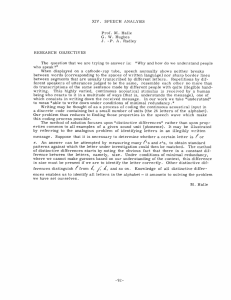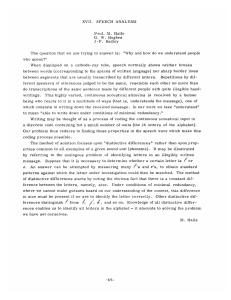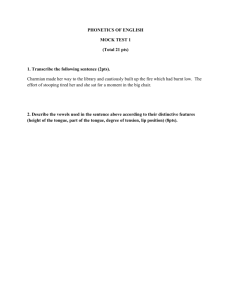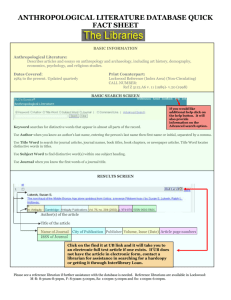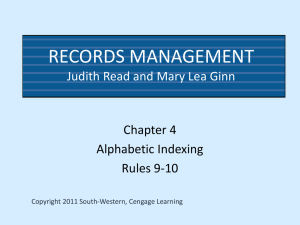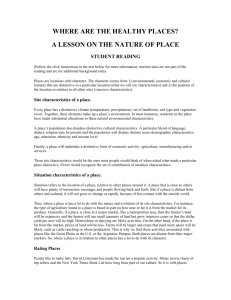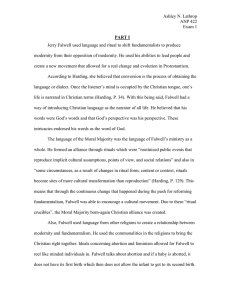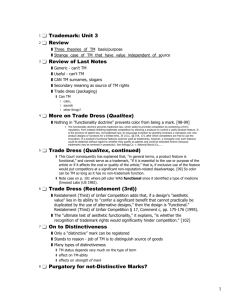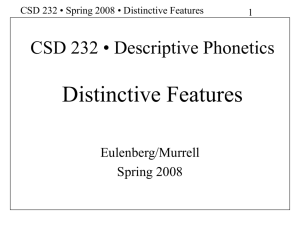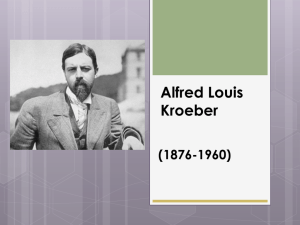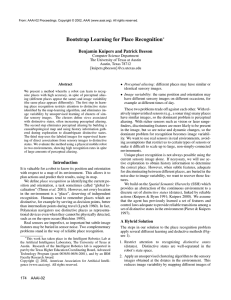culture - eis.bris.ac.uk
advertisement
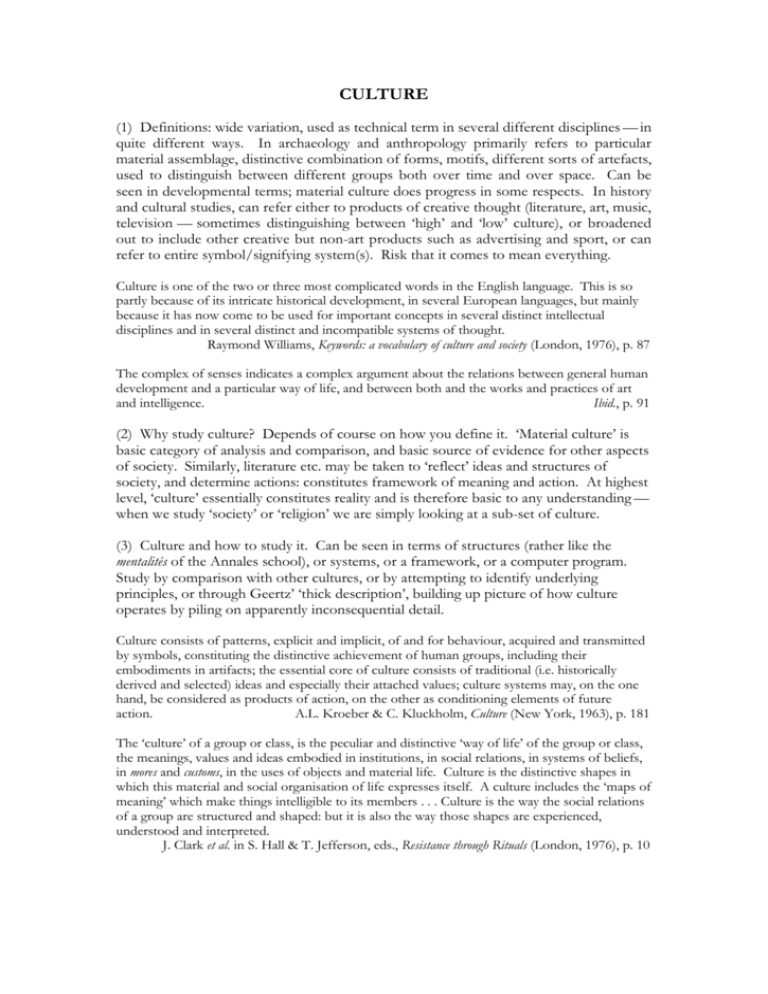
CULTURE (1) Definitions: wide variation, used as technical term in several different disciplines — in quite different ways. In archaeology and anthropology primarily refers to particular material assemblage, distinctive combination of forms, motifs, different sorts of artefacts, used to distinguish between different groups both over time and over space. Can be seen in developmental terms; material culture does progress in some respects. In history and cultural studies, can refer either to products of creative thought (literature, art, music, television — sometimes distinguishing between ‘high’ and ‘low’ culture), or broadened out to include other creative but non-art products such as advertising and sport, or can refer to entire symbol/signifying system(s). Risk that it comes to mean everything. Culture is one of the two or three most complicated words in the English language. This is so partly because of its intricate historical development, in several European languages, but mainly because it has now come to be used for important concepts in several distinct intellectual disciplines and in several distinct and incompatible systems of thought. Raymond Williams, Keywords: a vocabulary of culture and society (London, 1976), p. 87 The complex of senses indicates a complex argument about the relations between general human development and a particular way of life, and between both and the works and practices of art and intelligence. Ibid., p. 91 (2) Why study culture? Depends of course on how you define it. ‘Material culture’ is basic category of analysis and comparison, and basic source of evidence for other aspects of society. Similarly, literature etc. may be taken to ‘reflect’ ideas and structures of society, and determine actions: constitutes framework of meaning and action. At highest level, ‘culture’ essentially constitutes reality and is therefore basic to any understanding — when we study ‘society’ or ‘religion’ we are simply looking at a sub-set of culture. (3) Culture and how to study it. Can be seen in terms of structures (rather like the mentalités of the Annales school), or systems, or a framework, or a computer program. Study by comparison with other cultures, or by attempting to identify underlying principles, or through Geertz’ ‘thick description’, building up picture of how culture operates by piling on apparently inconsequential detail. Culture consists of patterns, explicit and implicit, of and for behaviour, acquired and transmitted by symbols, constituting the distinctive achievement of human groups, including their embodiments in artifacts; the essential core of culture consists of traditional (i.e. historically derived and selected) ideas and especially their attached values; culture systems may, on the one hand, be considered as products of action, on the other as conditioning elements of future action. A.L. Kroeber & C. Kluckholm, Culture (New York, 1963), p. 181 The ‘culture’ of a group or class, is the peculiar and distinctive ‘way of life’ of the group or class, the meanings, values and ideas embodied in institutions, in social relations, in systems of beliefs, in mores and customs, in the uses of objects and material life. Culture is the distinctive shapes in which this material and social organisation of life expresses itself. A culture includes the ‘maps of meaning’ which make things intelligible to its members . . . Culture is the way the social relations of a group are structured and shaped: but it is also the way those shapes are experienced, understood and interpreted. J. Clark et al. in S. Hall & T. Jefferson, eds., Resistance through Rituals (London, 1976), p. 10 (4) Problems and issues. How far is culture unified? High v. low, elite v. mass, cultures specific to small social and ethnic groups? A problem for antiquity, as almost all our evidence relates only to culture of elite. Cultural explanations now predominate (gender, ethnicity); contrast with explanations based on class or social structure, in terms of political implications, explanatory power. ‘Cultural relativism’; how to understand other cultures without imposing own preconceptions and prejudices, necessity of transcending outlook — but isn’t this just another version of Western ethnocentricism? Culture is best seen not as complexes of concrete behaviour patterns — customs, usages, traditions, habit clusters — as has, by and large, been the case up to now, but as a set of control mechanisms — plans, recipes, rules, instructions (what computer engineers call ‘programs’) — for the governing of bahaviour . . . The ‘control mechanism’ view of culture begins with the assumption that human thought is basically both social and public — that is, its natural habitat is the house yard, the marketplace, and the town square. Thinking consists not of ‘happenings in the head’ (though happenings there and elsewhere are necessary for it to occur) but of a traffic in what have been called significant symbols — anything, in fact, that is disengaged from its mere actuality and used to impose meaning upon experience. From the point of view of any particular individual, such symbols are largely given. C. Geertz, ‘The impact of the concept of culture on the concept of man’, In J, Platt, ed., New Views of the Nature of Man (Chicago, 1966)
